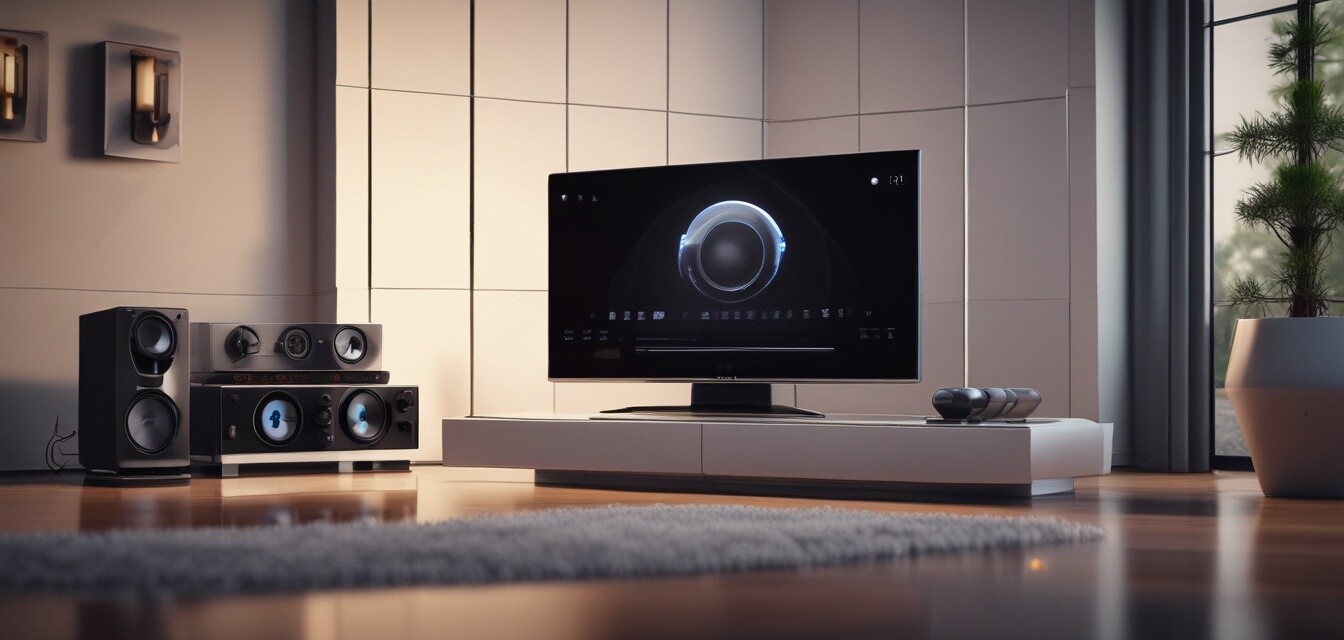
Trends Reshaping the Audio Industry in 2025
Key Takeaways
- The audio industry is undergoing rapid transformation due to advancements in technology.
- Consumer behavior is shifting towards wireless and smart audio solutions.
- Personalization in audio experiences is becoming increasingly important.
- Sustainability and eco-friendly products are gaining traction among consumers.
The audio industry is at the forefront of innovation, with numerous trends shaping its future. In 2025, expect to see significant changes influenced by technology advancements and evolving consumer preferences. This article will examine key trends that are reshaping the audio industry, including wireless audio solutions, smart technology integration, and the push for sustainability.
1. The Rise of Wireless Audio Solutions
Wireless audio has become increasingly popular among consumers. Here are some reasons for this shift:
- Convenience: Users appreciate the freedom of movement without tangled wires.
- Advancements in Bluetooth Technology: Higher audio quality and improved battery life enhance user experience.
- Multi-device Connectivity: Seamless switching between devices boosts usability.
Wireless Audio Products
With the growing popularity of wireless audio gadgets, the market is now flooded with options. Here’s a breakdown of product types:
| Product Type | Features | Popularity |
|---|---|---|
| Wireless Earbuds | Compact, Portable, Noise Cancellation | High |
| Bluetooth Speakers | Portability, Waterproof Options, Multiple Connectivity | Very High |
| Wireless Headphones | Comfort, Active Noise Cancellation, Long Battery Life | High |
2. Smart Technology Integration
Smart technology continues to infiltrate the audio industry, providing users with enhanced functionality:
- Voice Assistants: Integration with Siri, Alexa, and Google Assistant allows hands-free control.
- Smart Home Compatibility: Audio gadgets that sync with other smart devices add to user convenience.
- Personalized Experiences: Smart audio devices can adapt to individual preferences and environments.
Impact of Smart Technology on User Experience
The convergence of audio devices with home automation technologies is transforming how users interact with their gadgets. Examples include:
- Controlling audio through voice commands enhances accessibility.
- Personalized playlists are now easily curatable with AI algorithms.
- Smart sound systems can adjust settings based on room acoustics.
3. Personalization and Customization
As audio becomes a more personal experience, customization plays a vital role. Trends impacting personalization include:
- Personalized Sound Profiles: Users can tailor audio settings based on their hearing preferences.
- Customizable Aesthetics: Gadgets that allow for design tweaks appeal to individual tastes.
- Adaptive Audio Technologies: Machines that learn user preferences over time to enhance listening experiences.
Consumer Feedback and Systems Adaptation
Brands are leveraging feedback to improve personalization and adapt products:
- Regular updates based on user input lead to an evolving audio experience.
- Feedback mechanisms encourage loyalty and drive product development.
4. Sustainability in the Audio Industry
With increasing awareness about environmental impact, sustainability is gaining prominence:
- Eco-friendly Materials: Manufacturers are using recycled materials to build audio devices.
- Energy Efficiency: Energy-efficient devices are more appealing to environmentally conscious consumers.
- Extended Product Life: Brands are focusing on repairable products to decrease waste.
Industry Response to Sustainability Trend
Companies are taking bold steps to address sustainability. Actions include:
- Higher transparency about sourcing materials.
- Initiatives to recycle old products effectively.
Conclusion
As we march towards 2025, the audio industry is poised for revolutionary changes driven by technology and consumer behavior. The rise of wireless solutions, integration of smart technology, personalization, and sustainability are intertwined trends shaping the landscape. Understanding these developments is crucial for consumers and brands alike to stay ahead in this dynamic market.
Pros
- Enhanced user experience with personalized audio technology.
- Increased accessibility through smart devices.
- Convenient operations due to wireless features.
Cons
- Higher costs associated with advanced technology.
- Dependence on stable internet for smart features.
- Environmental concerns may affect future materials used.
For more information on the latest technology trends, check out our News and Trends category. If you're interested in various audio gadgets, visit our Audio Gadgets section to stay updated on emerging products.
